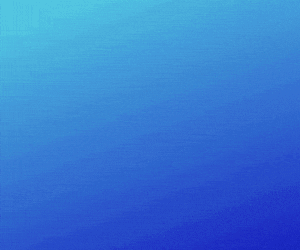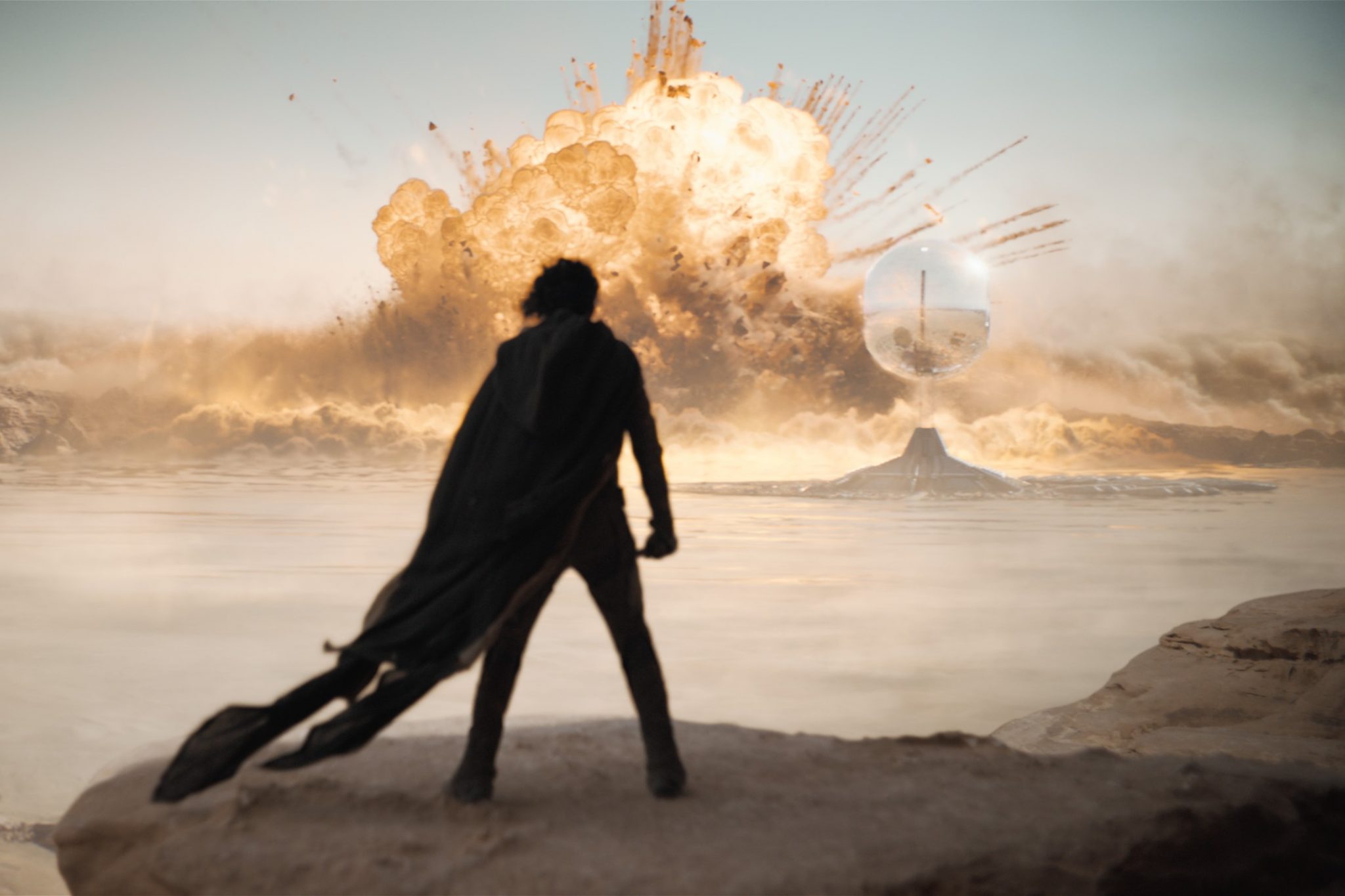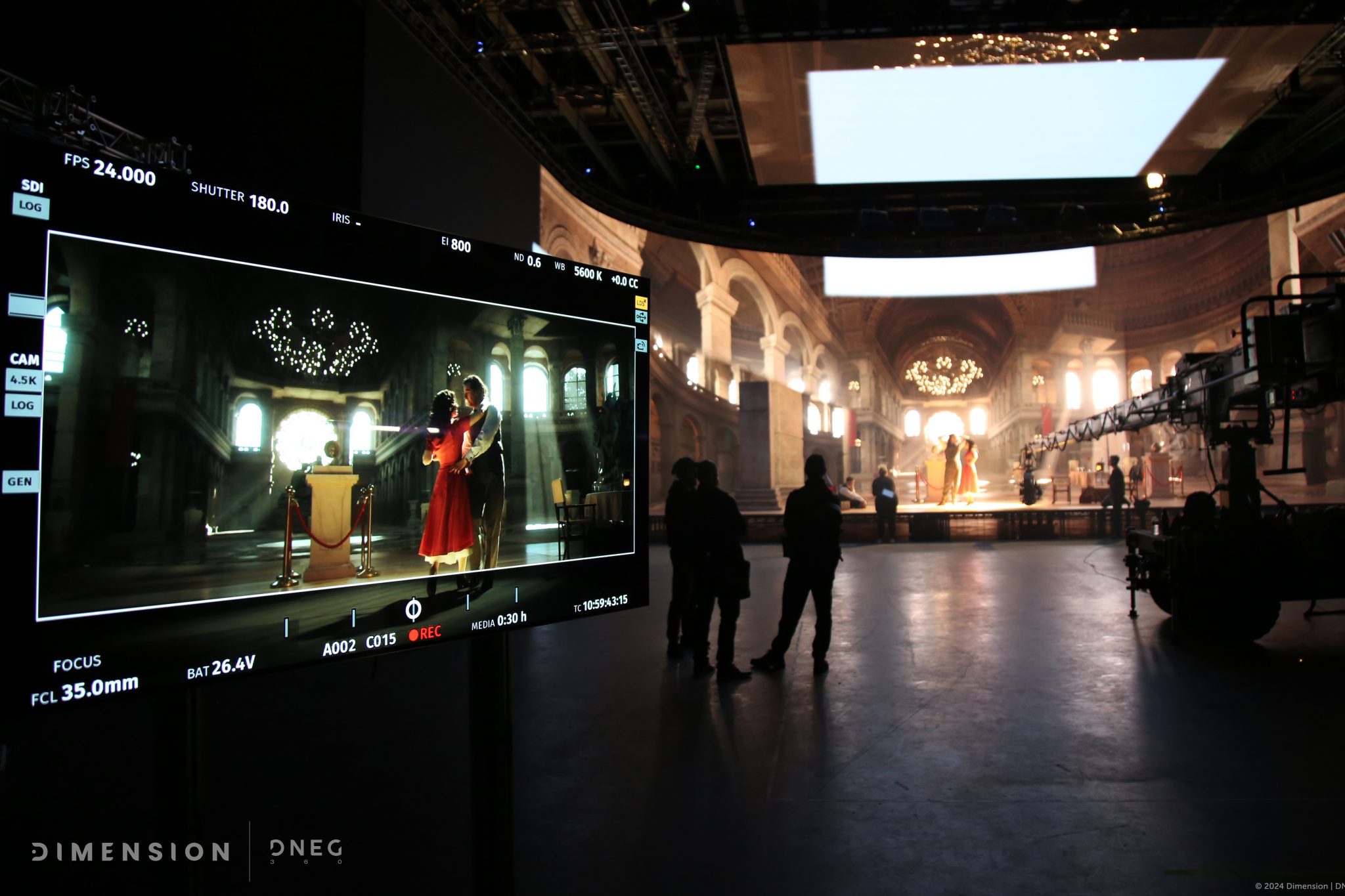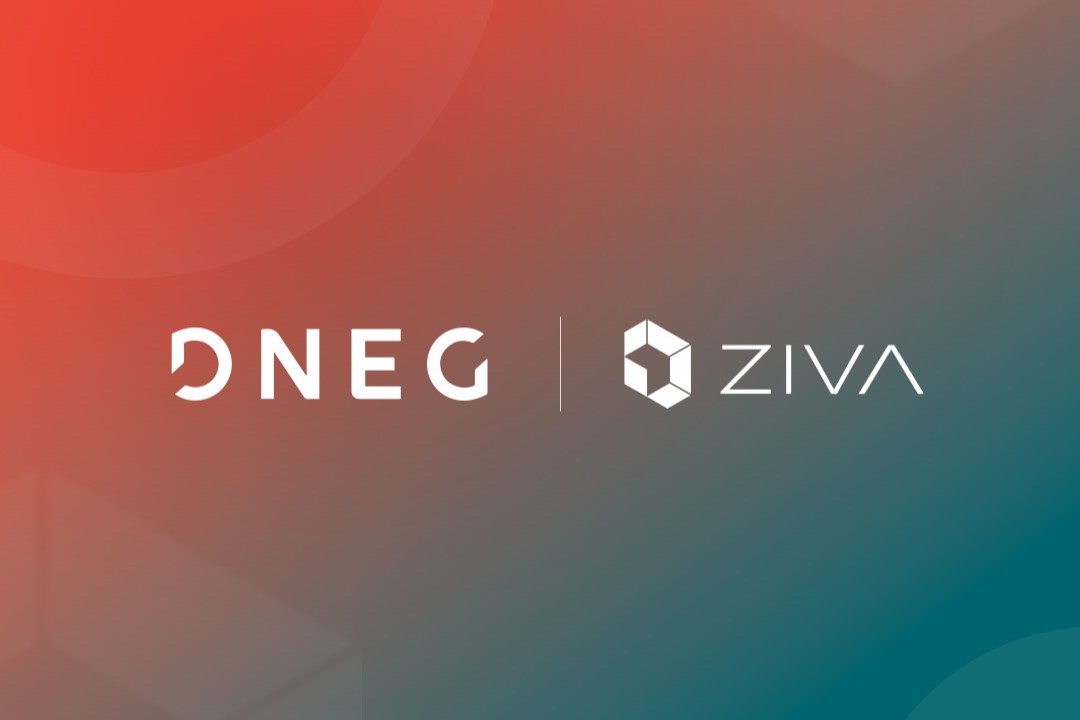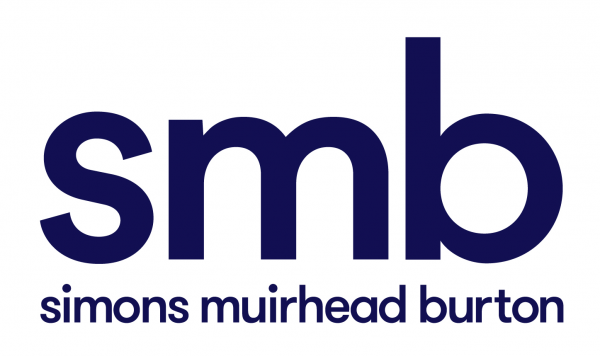DNEG’s VFX Supervisor Daniel Baldwin delves into the studio’s work on the new Amazon Prime Video spy action thriller television series.
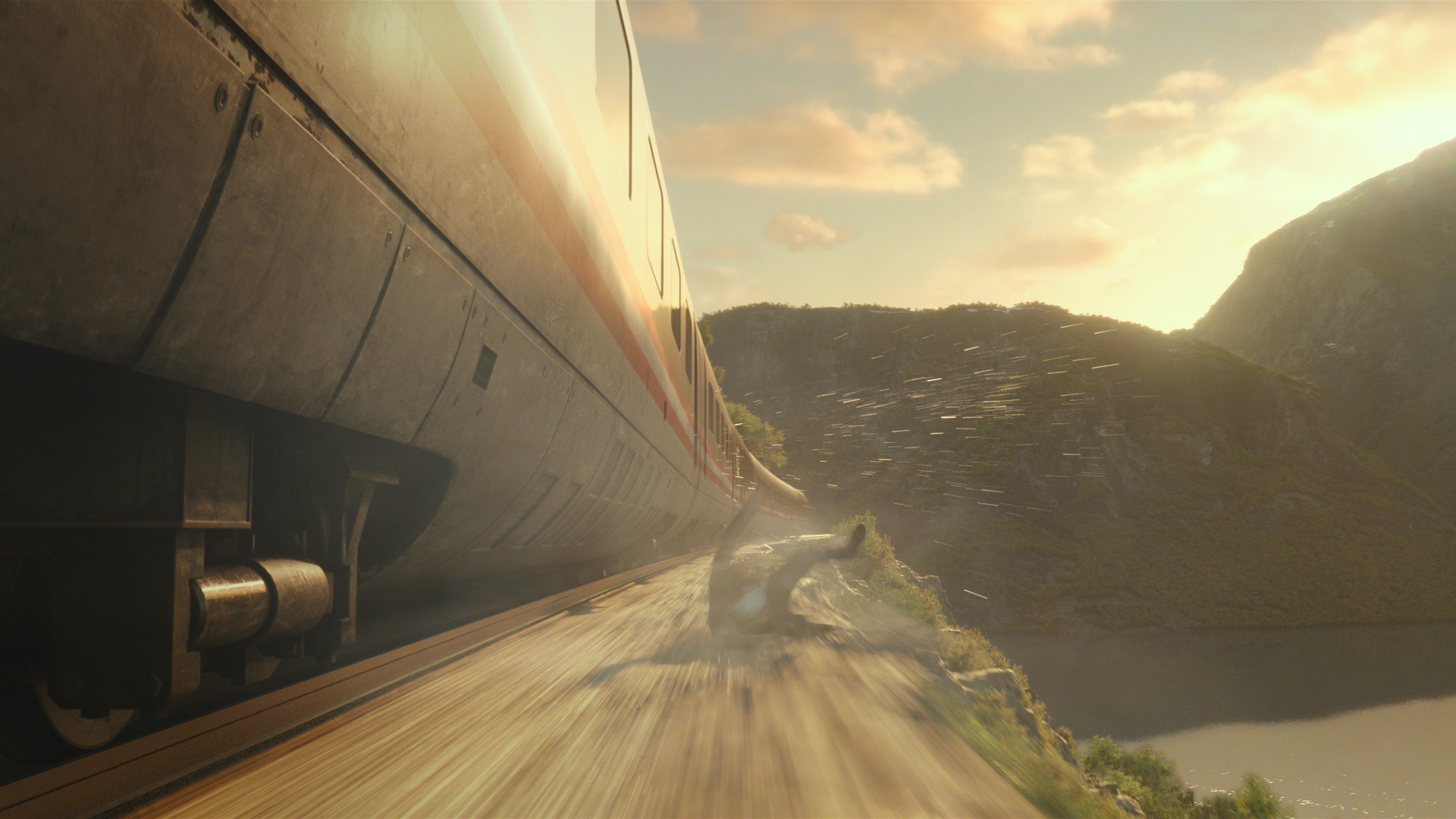
What scenes were DNEG responsible for? How many shots did you complete and how did you achieve them?
As the main VFX partner, DNEG was involved with Citadel from the very beginning of pre-production and worked across the entire six episode series, offering advice on shooting methodology, providing virtual production support, data capture and on-set supervision. Our work in post-production was split across episodes one to four, encompassing 645 shots in total, with a focus on delivering the biggest action sequences, whilst adding the highest production value.
The first of our most complex sequences, totalling almost 300 shots, was the opening train journey in episode one, which takes place through a full CG Italian Alps environment and culminates in a devastating explosion and high-speed train crash. Nirmaljeet Singh oversaw the design and build of the ten carriage bullet train and our environment team, led by Joakim Flaten and Tom Brown, created over 15 km of full CG landscape that was lit for three different times of day as the sequence progresses, starting with magic hour and transitioning through sunset into dusk.
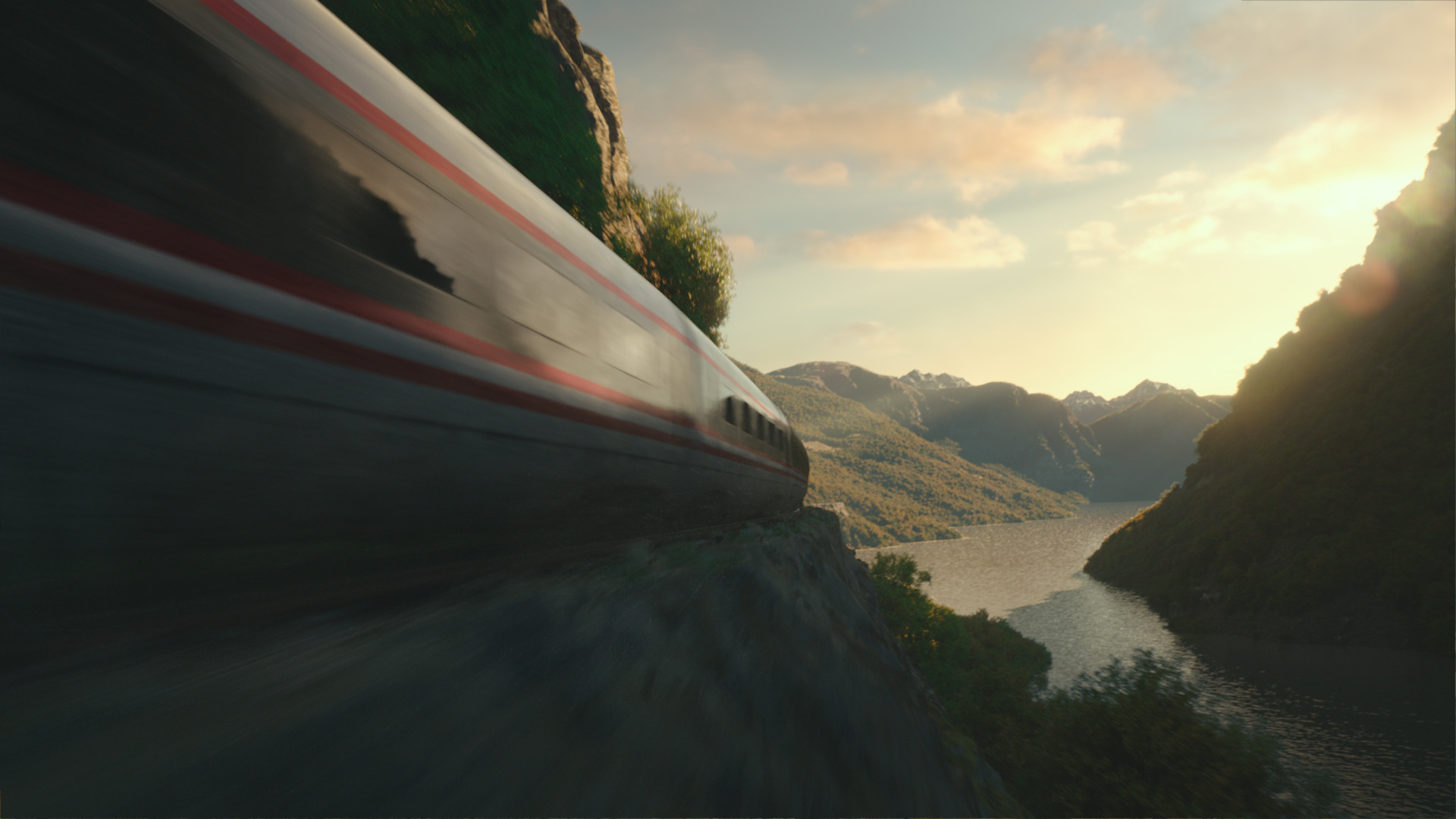
The inspiration for the train journey was taken from the Flam Railway in Norway, a similarly picturesque journey through the fjords of Myrdal and Aurland. I spent a week there along with a data capture team from DNEG, shooting over 20 km of landscape: photographing, LiDAR scanning and using a drone to fully capture the environment to be rebuilt in CG using scattering tools and rules emulating nature.
To build on the tension and turn up the action, our Animation Supervisor, Nigel Rafter, worked closely with Production VFX Supervisor Wesley Froud and I, from concept, through previs and to final delivery on a number of full CG exterior train establishing shots. These had to be tied seamlessly to the story inside the carriages where our supervision team of Shivesh Gehlot, William Carley and E S Banu Kiran were tasked with enhancing the action with 3D digi-doubles, CG weapons, FX explosions, digital matte paintings and blue screen comps.
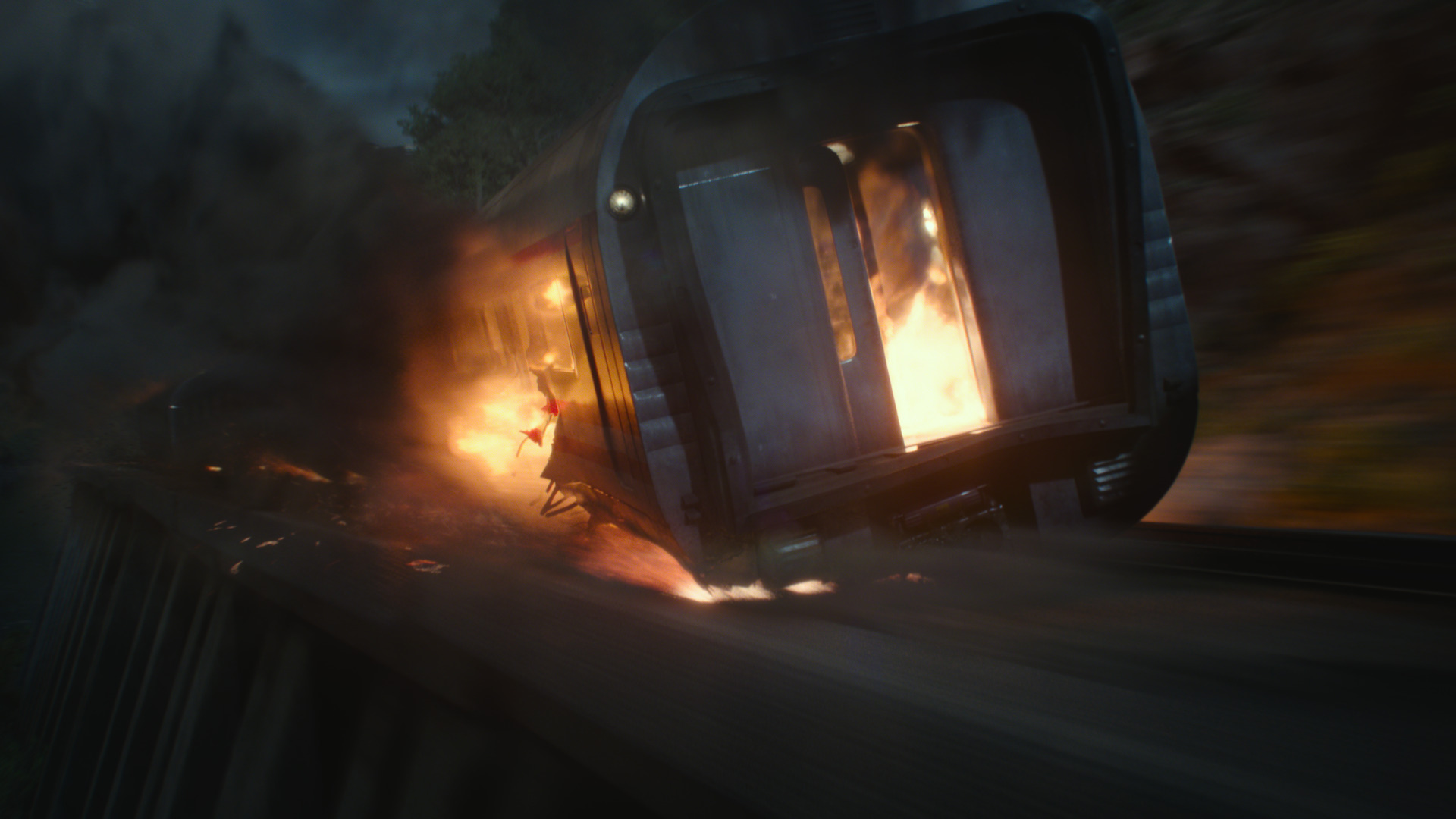
The mission comes to an end with an epic full CG sequence of shots, showing our train derailing and getting ripped apart as it hurdles off track, crashing down into the lake below. Using footage of real train disasters, as well as reference from car and truck crashes and explosions, we took this sequence from previs to final, with work including the full CG environment, camera and vehicle animation, and a plethora of fire, flames, smoke, destruction and water FX, supervised by Vladimir Popovic and Markus Drayss.
The second of our biggest VFX set pieces, totalling just over 100 shots, was Mason’s escape from the snowy Mountain Fortress and subsequent ski chase in episode three. I supervised the 2nd unit shoot in Slovenia, capturing aerial establishing shots, VFX elements and supporting Director Simon Crane as he choreographed the stunts and SFX work on location, while Wesley supervised the main unit shoot back in the UK.
Our work includes another full CG environment for the Mountain Fortress, multiple digi-doubles, blue screen comps, CG auto-skis, CG vehicles, including a Citadel Jet designed by DNEG, FX explosions, bullet hits and further environment enhancement work.
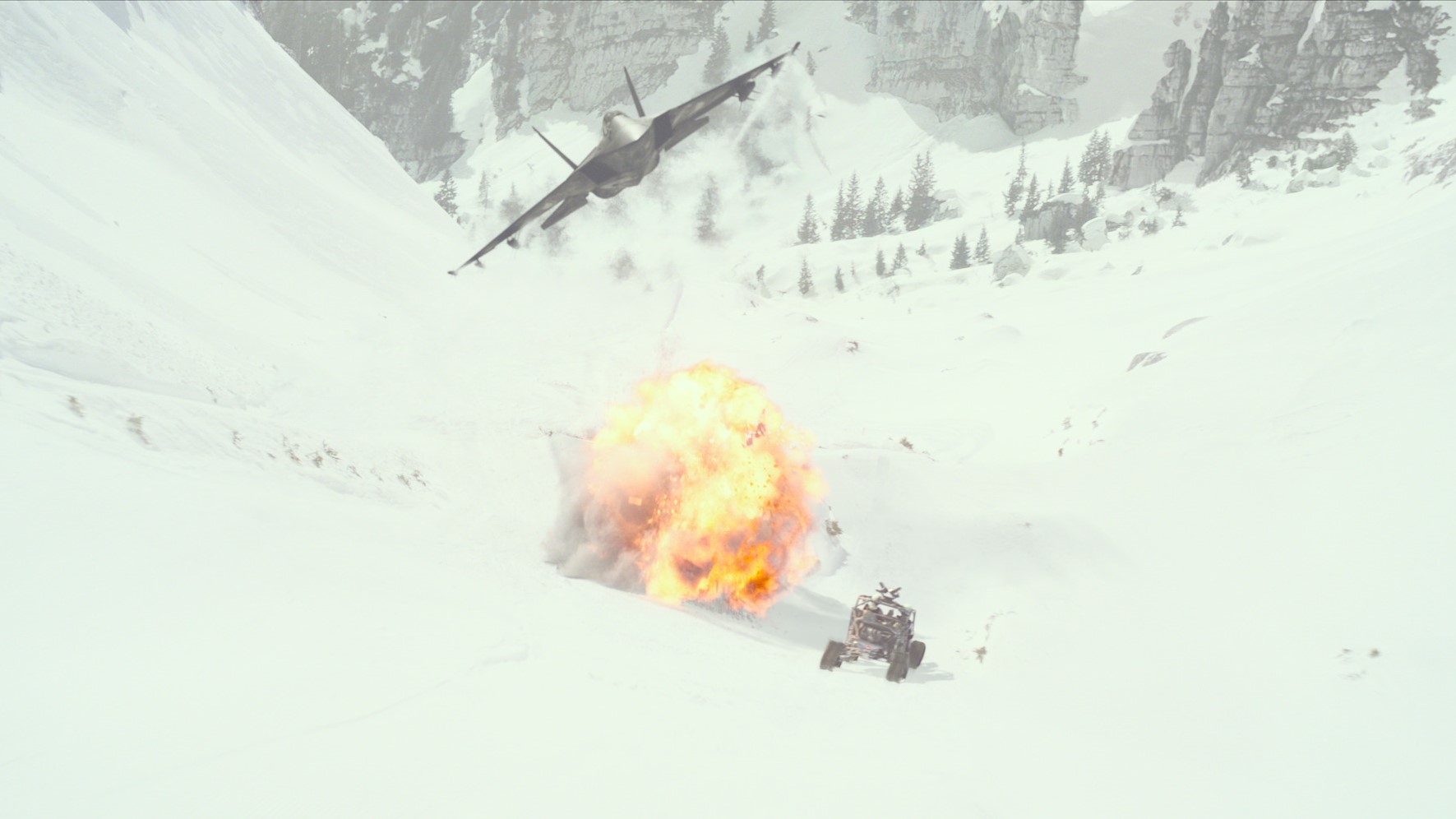
What was the biggest challenge of the process? What was the most difficult VFX sequence in this project?
The most demanding task was selling the huge scope of the Mountain Fortress and ski chase in episode three. The big challenge for us was seamlessly tying together the multiple locations and shooting conditions into one coherent sequence, as well as, building on the 2nd unit practical action and integrating it with VFX additions and enhancements to move the story on and increase visual production value, but not distract from the in-camera stunts and gritty realism captured on the shoot.
On screen, the whole sequence takes place in the Alborz mountains, but in reality, the sequence was shot over four locations across the UK and Europe. The opening scene of Mason running from the exploding building was on the backlot at Bray Studios surrounded by bluescreens. I was tasked with filming the aerial establishers, parachute fall and the path of the Citadel Jet on the mountainous border of Italy. The 2nd unit shoot for the skiing sequence was captured at a resort in Slovenia and the final shootout and extraction from the forest was shot in Bourne Woods back in the UK.
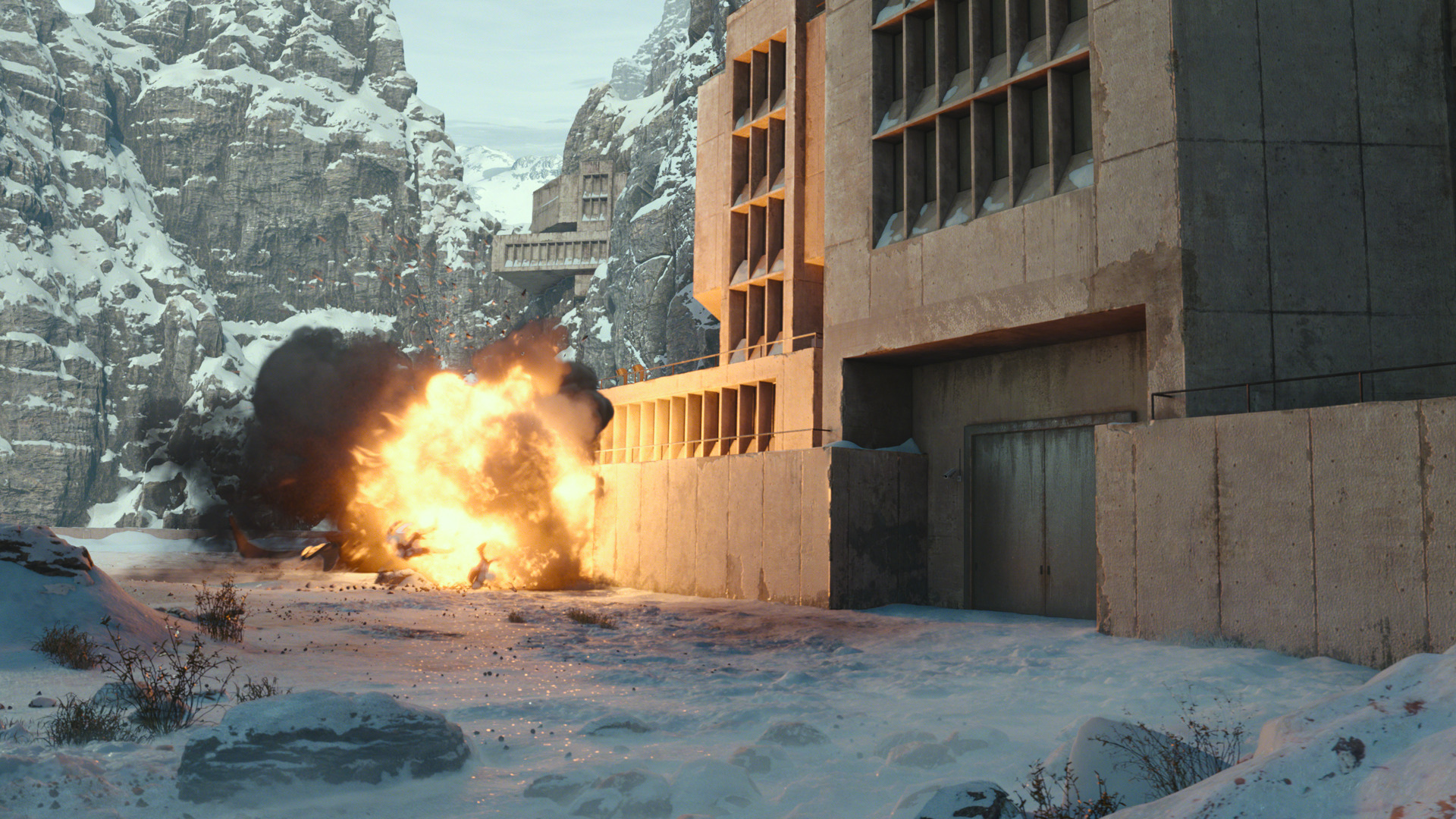
Our job was to place the main unit photography from the UK into the unmistakable snowy mountainous environment of the 2nd unit location shoots. For this, we had to create multiple 360 degree CG and distant DMP environments. Using a combination of LiDAR scanning, drone photogrammetry and a 6-camera hydra array rig attached to a helicopter, we captured the mountains and cliff faces around the ski resort of Bovec and used the data to recreate the huge landscape. This was sculpted around a brutalist inspired CG building, with a surrounding wall, added communication antenna and multiple CG snow vehicles to complete the hostile Mountain Fortress environment. Additional aerial and panoramic photography was used to manipulate and extend the existing environment in-camera to tie the four real locations into one place on screen.
We used digi-doubles and CG FX to enhance the action and story-telling, but we wanted to be sure the VFX didn’t distract the audience or do a disservice to the amazing stunts and practical SFX on set. We were constantly referencing real 2nd unit photography and elements to build a library of our own animation and CG FX bullet hits and explosions to be placed into shots next to existing stunt performers or SFX, and then balanced in comp to give the same photoreal look.
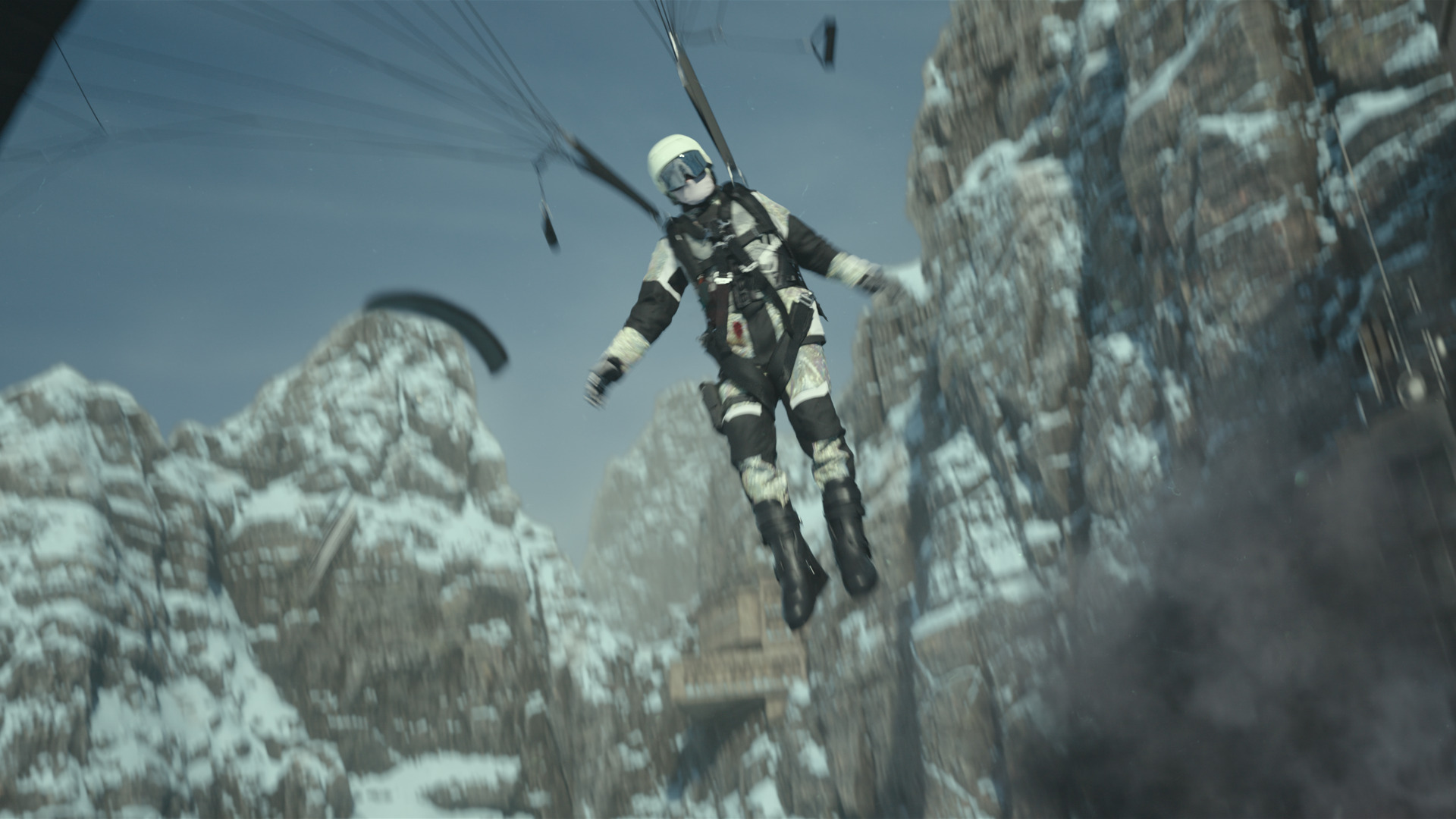
Were there any particular pieces of instruction that stood out to you when achieving the VFX style?
Without a doubt the number one instruction was realism. They wanted the action to feel grounded in reality, for the fights to be gritty and brutal, and the physics to always feel believable. We spent many hours gathering and studying vehicle reference and understanding the stunt work performed on the show, so that our animation always felt plausible. We bolstered that with extensive reference shoots on location, using helicopters and drones where necessary to shoot plates from the required angles and in the relevant lighting conditions, so even when our shots were full CG, our compositing team, led by Kris Anderson, had a reference to match to. This resulted in the final images being as photoreal as possible.
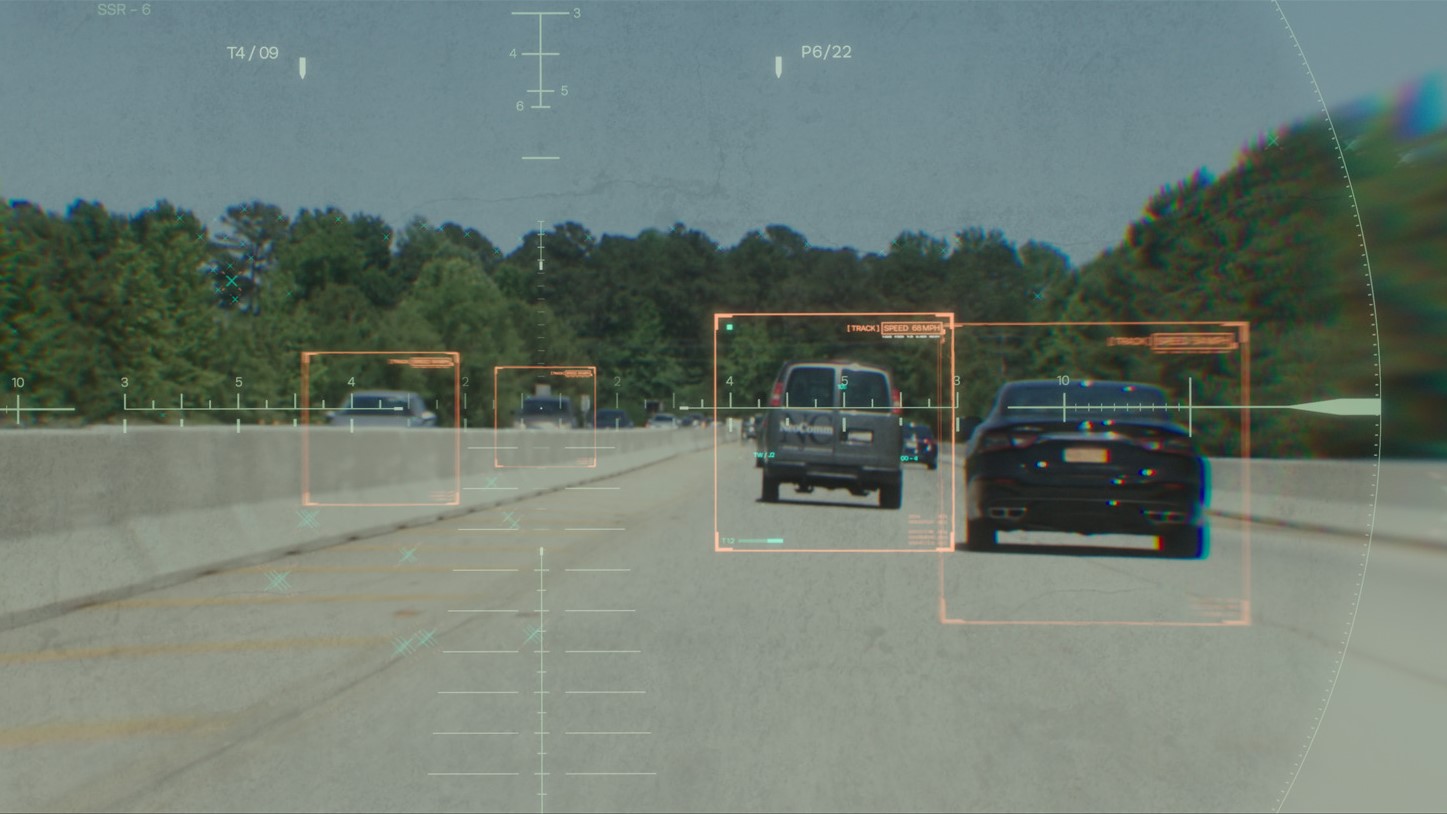
Were there any other visual inspirations for the project?
Citadel isn’t the first ever spy thriller the audience has seen, so it was inevitable that we took inspiration from some of the other most successful projects out there. The recent Bond movies, Jason Bourne, Top Gun: Maverick, John Wick and the Mission Impossible franchise were all referenced as successful examples of making the audience feel part of the action and keeping the visuals grounded in reality, while still giving a sense of the huge scope of the production experience.
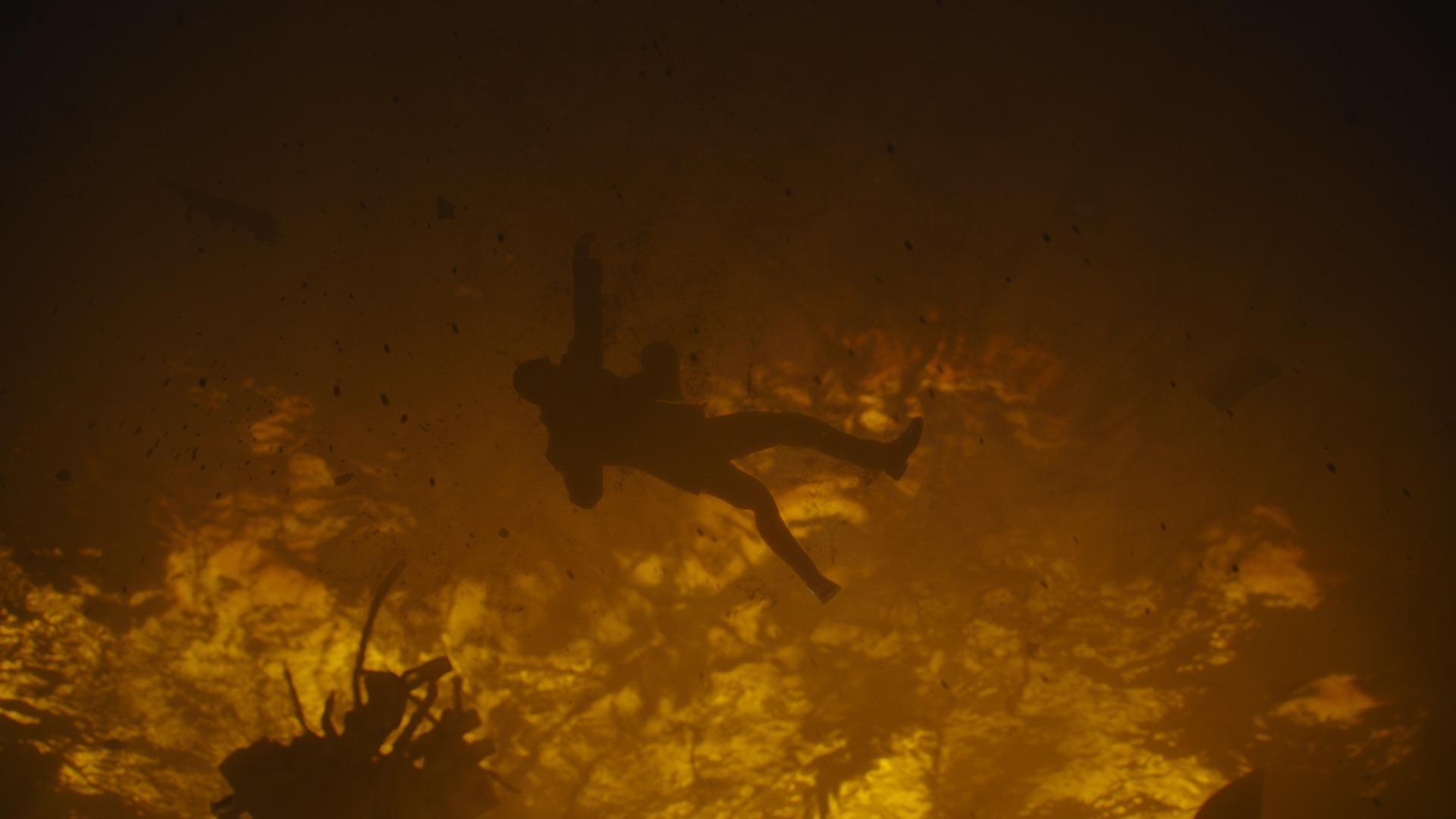
How did your approach differ from other DNEG projects you’ve worked on?
We really pushed our 360 degree involvement in this project. That is to say we weren’t just brought on after the shoot to deliver the VFX, but we were involved in helping to design the world of Citadel from the very start. We worked with the showrunners to create vehicles from concept to final, previs whole sequences, plan best practices on shoots, and enhance the storytelling.
The major area where we pushed boundaries was in virtual production and augmented reality. To help the DoP and Director visualise the previously mentioned Mountain Fortress environment on set, DNEG Virtual Production worked with CG Supervisor, Tom Hales, to generate a real time version of the environment that was loaded onto interactive iPads. This gave them the ability to frame shots and select lenses to create the ideal composition of the environment, with the actors on the blue screen stage in front of it. This was a crucial part of the shot design that we were able to commit to on-set at the time of shooting, rather than having to manipulate and experiment in post. It put the ability to frame the CG shots back in the hands of the camera department on set, which helped to maintain visual consistency throughout the sequence.
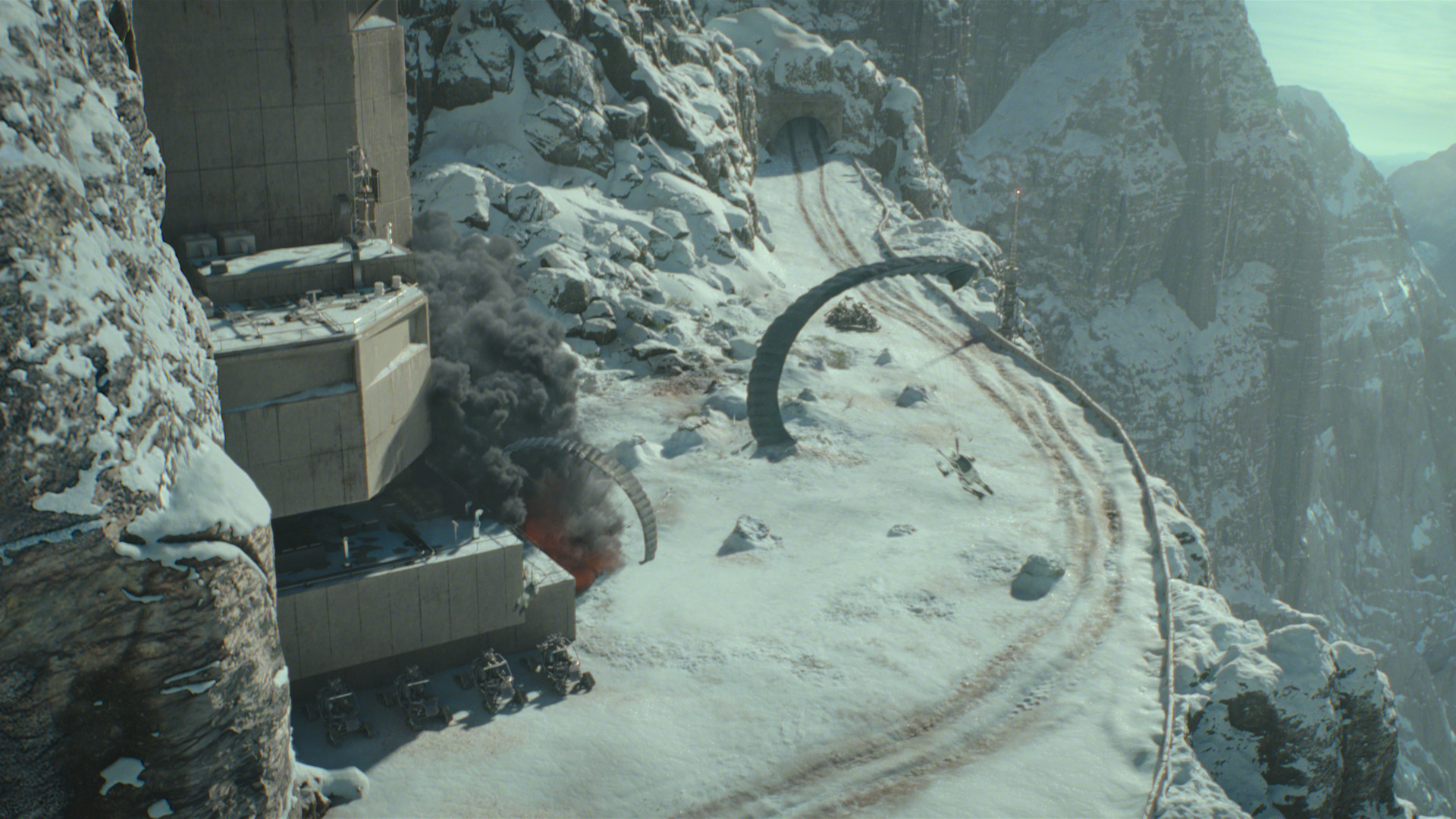
What is your favourite piece of VFX in this project?
You’ve probably guessed by now, but I’m most proud of the ski chase sequence in episode three. We’ve seen similar action sequences on screen in the past that involve parachuting and skiing action heroes, but I really think we pushed it to the next level with Citadel and delivered a very entertaining and exciting sequence that wouldn’t have been possible at all without our involvement.

